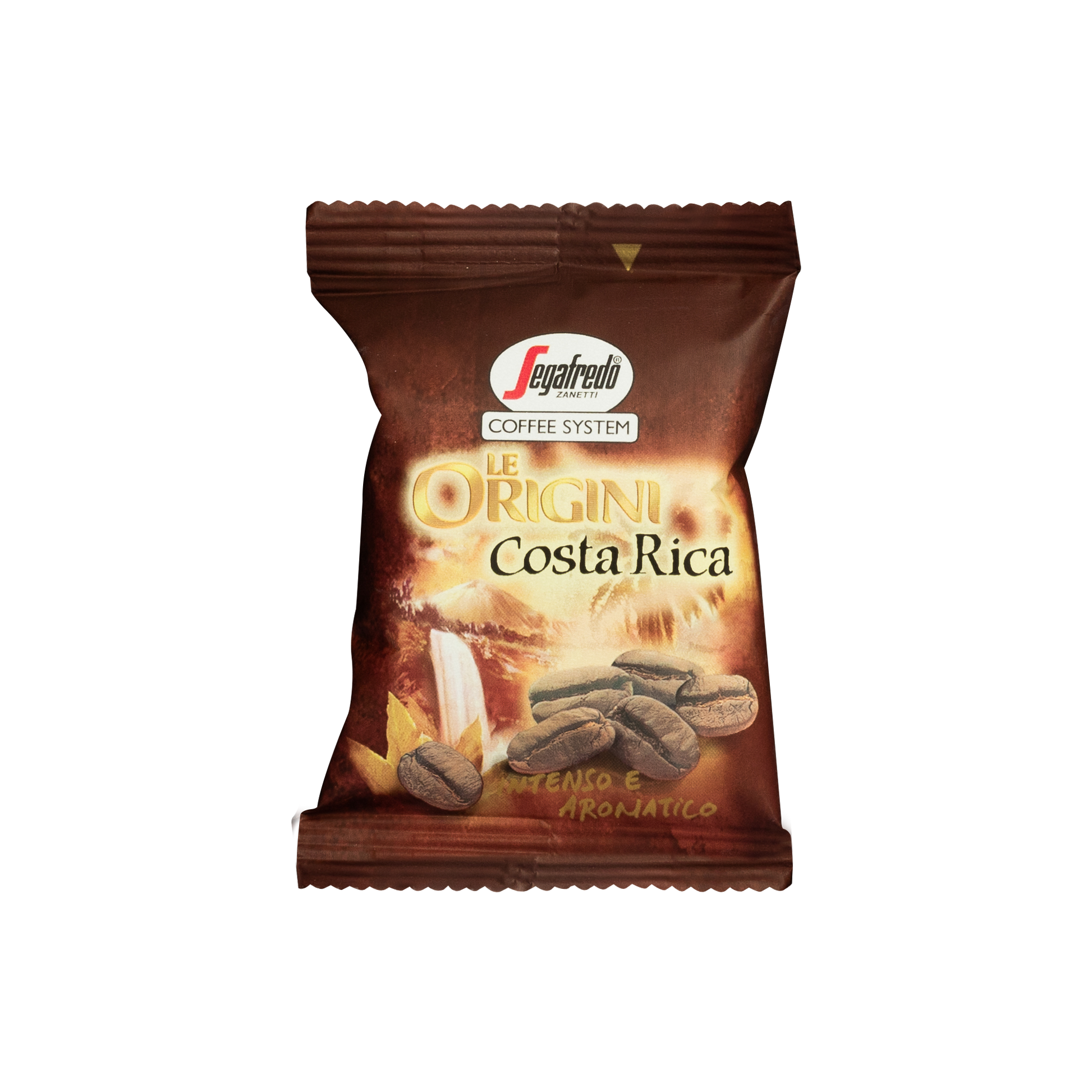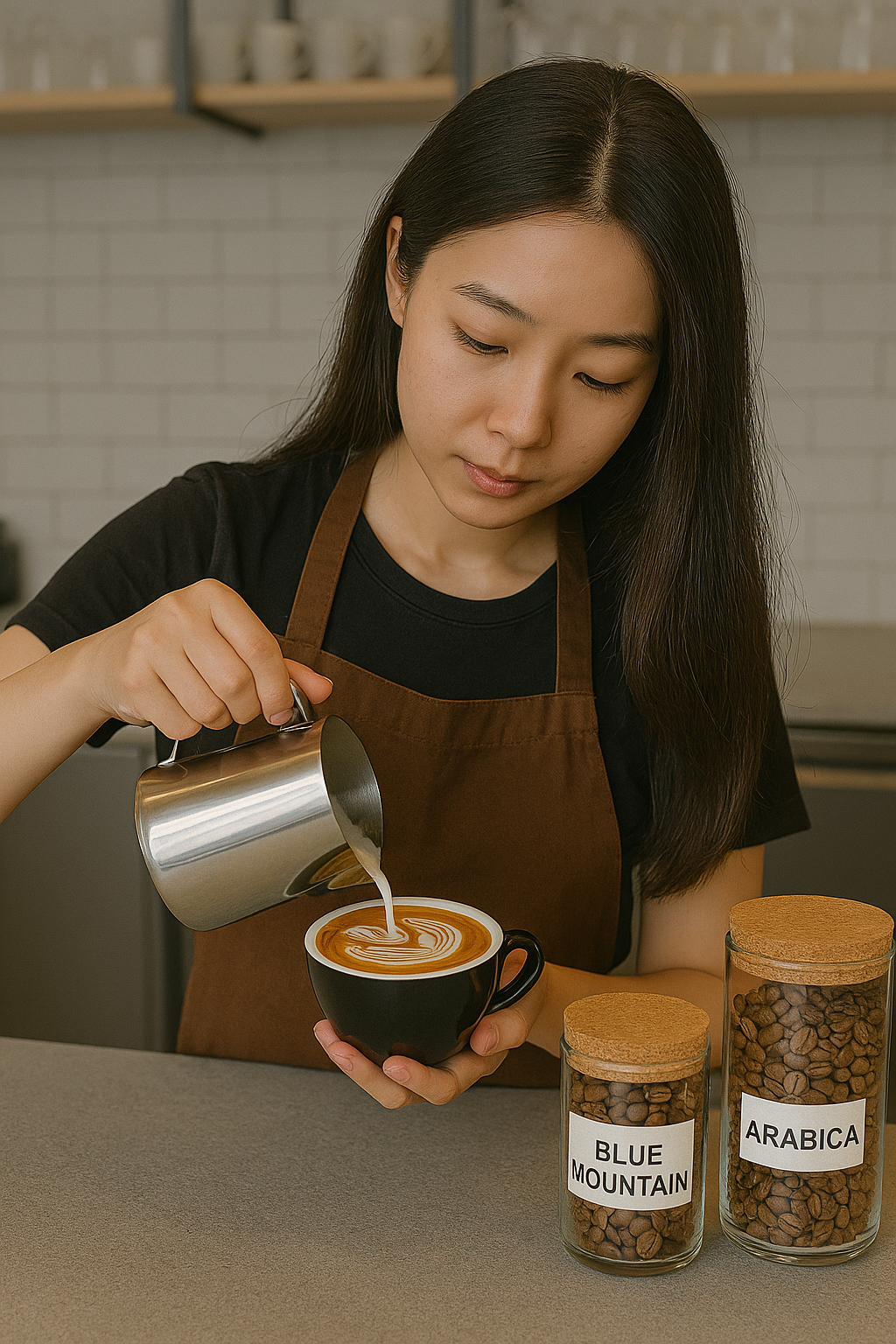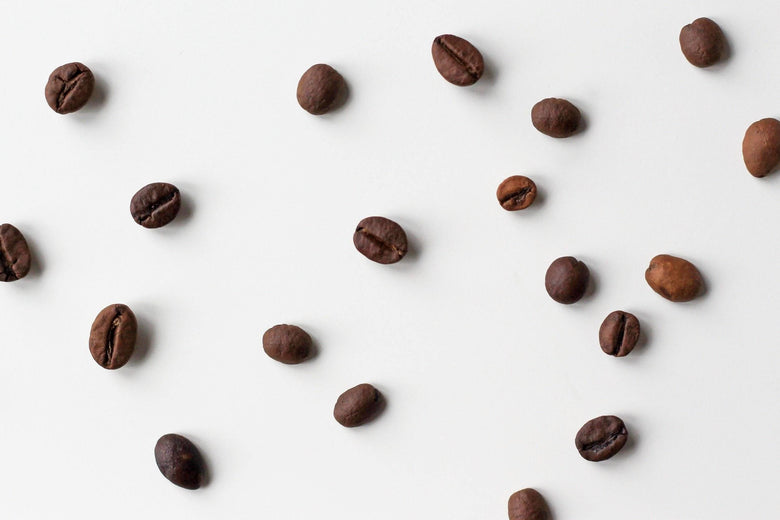Recognizing Coffee Beans: the Trip From Espresso to Blended Coffee Beans

The Beginnings of Coffee: A Worldwide Perspective
While you may consider coffee as a contemporary staple, its beginnings trace back centuries, intertwining with societies throughout the world. The story begins in Ethiopia, where legend claims a goat herdsman called Kaldi uncovered the energizing results of coffee beans after seeing his goats frolicking energetically after eating them. This triggered interest, resulting in coffee's infect Arab traders that treasured the made drink. By the 15th century, it reached Persia, Egypt, and Turkey, where coffeehouses became social hubs for conversation and culture.
As profession courses increased, coffee made its means to Europe in the 17th century, promptly getting popularity. Each society included its one-of-a-kind spin to coffee preparation, improving its history.
Cultivation and Harvesting of Coffee Beans
As coffee's trip progressed, the focus changed to the cultivation and harvesting of certain bean varieties, specifically those made use of for coffee. You'll discover that coffee beans typically come from Arabica or Robusta plants, each offering distinct flavors. The ideal growing problems consist of high altitudes and rich, well-drained soil, which improve the beans' quality.
Throughout the harvest, selecting techniques vary. Timing is essential; you want to collect when the cherries reach peak ripeness for maximum flavor.
As soon as harvested, the beans are gotten ready for handling, which is crucial in determining their last preference. Understanding the farming and gathering processes offers you understanding right into what goes into your favored espresso, improving your recognition for each mug.
Processing Approaches: From Cherry to Bean
Now that you have actually discovered gathering coffee beans, let's discover exactly how those cherries change right into the coffee beans you love. You'll see just how various harvesting strategies effect flavor, followed by the important steps of fermentation and drying. Lastly, we'll break down the milling and grading process that determines your coffee's quality.
Gathering Methods Discussed
When it concerns coffee, understanding harvesting strategies is crucial, given that they directly influence the flavor and top quality of the beans you appreciate. There are two primary methods: selective picking and strip selecting. Discerning selecting entails hand-picking just ripe cherries, guaranteeing you get the most effective quality beans. This approach usually results in a richer flavor profile, though it's even more labor-intensive. On the other hand, strip selecting means collecting all cherries simultaneously, no matter of perfection. While it's quicker and cheaper, this can lead to a mix of tastes, influencing the last item. Ultimately, the option of collecting technique can substantially affect your coffee experience, so it deserves recognizing how those beans made it to your cup.
Fermentation and Drying Out
After gathering, the next steps in processing coffee beans play a significant duty in shaping their taste. You'll locate that fermentation is important, as it assists damage down the mucilage bordering the beans, boosting their preference account. Relying on the approach, this procedure can last from a couple of hours to numerous days, with differing outcomes based on temperature and moisture.
Sun-drying enables the beans to absorb flavors from the setting, while mechanical drying out assurances consistent dampness levels no matter of weather condition. Proper drying out is vital to prevent mold and mildew and preserve the beans' top quality, eventually affecting your cup of coffee.
Milling and Grading Refine
As fermentation and drying established the phase for flavor growth, the milling and grading process warranties that only the most effective coffee beans make it to your cup. This stage involves getting rid of the external layers of the coffee cherry, including the parchment and husk. After milling, the beans are sorted by dimension and weight, making certain an uniform quality. You'll discover that grading aids identify issues and classify beans, which affects flavor and fragrance. High-grade beans receive a higher grade, resulting in a richer coffee experience. When rated, the beans await product packaging and delivery, preserving their unique qualities. This meticulous procedure is essential for delivering the outstanding taste you enjoy in every sip of your favored brew.
Roasting Methods: Opening Flavor Prospective
When you roast coffee beans, the approach you pick can dramatically influence the taste profile. Recognizing the connection in between time, temperature level, and toasting strategies is vital to disclosing the capacity of your brew. Let's explore how these elements integrated to create the perfect mug.
Toasting Techniques Discussed
While you may believe that all coffee roasting methods yield the same outcomes, the truth is that each technique discloses one-of-a-kind taste possibilities in the beans. Drum toasting utilizes a rotating drum to evenly disperse warm, improving caramelization and producing a balanced taste. Air roasting, on the other hand, flows warm air around the beans, advertising a lighter roast with pronounced level of acidity.

Effect On Flavor Account
Various toasting techniques not just influence the procedure yet also substantially impact the taste profile of the coffee beans. When you select a light roast, you'll experience intense acidity and flower notes, showcasing the bean's beginning. In comparison, a medium roast equilibriums acidity with sweet taste, commonly exposing chocolatey undertones. Dark roasts, on the various other hand, highlight bold, great smoky flavors, in some cases masking the bean's unique features. Each strategy discloses various oils and substances, resulting in a wide variety of flavors. By exploring with various toasting designs, you can discover which accounts resonate with your taste buds. Understanding these subtleties helps you appreciate the virtuosity behind your cup of coffee, boosting your total experience with every sip.
Time and Temperature Level Elements
To launch the full taste capacity of coffee beans, both time and temperature level during the roasting procedure play substantial duties. When roasting, you'll discover that higher temperatures can promptly create flavors, but if you hurry it, you may wind up with charred notes. Conversely, lower temperature levels enable for a much i loved this more gradual flavor growth, showcasing the beans' one-of-a-kind qualities.

Timing is equally as important; expanding the roast as well long can lead to a loss of level of acidity and brightness, while also short a roast could leave the beans underdeveloped. Discovering that sweet spot needs practice and experimentation. By adjusting these variables, you can expose the abundant, complex tastes hidden within each bean, developing a really remarkable coffee experience.
The Art of Blending: Crafting Distinct Coffee Accounts

Beginning by choosing a base coffee that offers a solid foundation. Then, pick complementary beans to improve certain taste notes. An intense Ethiopian bean can bring fruitiness, while an abundant Brazilian coffee adds body. Trial and error is vital-- don't be terrified to readjust proportions till you find your excellent account.
As you blend, bear in mind that each combination tells a story. You're not just making coffee; you're creating an experience. So, take your time, preference regularly, and enjoy the journey of uncovering your trademark mix.
Developing Methods: Just How Preparation Influences Flavor
Mixing coffee opens up a domain name of taste opportunities, yet how you make that mix can considerably affect your last cup. On the other hand, a pour-over highlights the coffee's quality and brightness, best for showcasing delicate notes.
Espresso, with its high stress, produces a focused shot that accentuates sweet taste try here and crema. If you favor a lighter mixture, think about a cold brew technique; it yields a smooth, less acidic taste.
Ultimately, trial and error is essential. Adjusting variables like water temperature level, grind size, and make time can transform your coffee's account. So, accept the art of brewing to find the flavors concealed in your coffee blends. The right technique can raise your experience to brand-new elevations.
The Future of Coffee: Sustainability and Innovation
As the coffee market evolves, sustainability and technology are ending up being vital for dealing with ecological difficulties and meeting customer needs. You'll the original source discover that even more coffee companies are taking on environmentally friendly methods, from sourcing beans fairly to applying sustainable farming techniques. These changes not only help the planet but likewise improve the top quality of the coffee you appreciate.
You might see advancements like naturally degradable packaging and water-saving brewing approaches that decrease waste. Advanced technology, such as blockchain, is additionally ending up being popular, guaranteeing openness in the supply chain, which allows you to trace your coffee back to its origins.
On top of that, purchasing regional neighborhoods and sustaining farmers with reasonable profession initiatives fosters a more sustainable coffee ecological community. As you drink your following mug, keep in mind that your options can add to a brighter future for coffee. By opting for sustainable brands, you're not just appreciating a drink; you're making a favorable effect on the globe.
Frequently Asked Concerns
What Is the Distinction In Between Arabica and Robusta Beans?
Arabica beans are smoother, sweeter, and have a higher acidity, while robusta beans are more powerful, a lot more bitter, and consist of more caffeine. When making your coffee., you'll see these distinctions in taste and scent.
How Does Elevation Affect Coffee Bean Flavor?
Elevation impacts coffee bean taste substantially. Higher altitudes produce beans with brighter level of acidity and complicated flavors, while lower elevations often produce beans that are heavier and much less nuanced. You'll notice these distinctions in your cup!
What Are the Health And Wellness Advantages of Alcohol Consumption Coffee?
Drinking coffee can enhance your energy, boost mental emphasis, and even boost physical performance. It's abundant in antioxidants, might lower the threat of specific conditions, and can advertise a healthier metabolism when eaten in moderation.
Can Coffee Beans Be Recycled for Brewing?
Yes, you can recycle coffee beans for developing, but the taste might be weak. If you appreciate exploring, try recycling them in different ways, like cold brews or adding to smoothies for an additional kick.
Just how Should I Store Coffee Beans for Freshness?
To keep your coffee beans fresh, save them in a closed container in a trendy, dark location. Stay clear of exposing them to light, moisture, or warm, as these elements can promptly deteriorate their flavor and fragrance.
Comprehending Coffee Beans: the Trip From Espresso to Blended Coffee Beans.
Currently that you have actually learned concerning collecting espresso beans, let's discover exactly how those cherries transform right into the coffee beans you like.When you roast coffee beans, the technique you pick can substantially affect the taste profile - Single Origin Espresso.While you could assume that all coffee toasting techniques produce the very same results, the truth is that each method discloses unique flavor possibilities in the beans.Various toasting approaches not just affect the process however also significantly affect the flavor account of the coffee beans